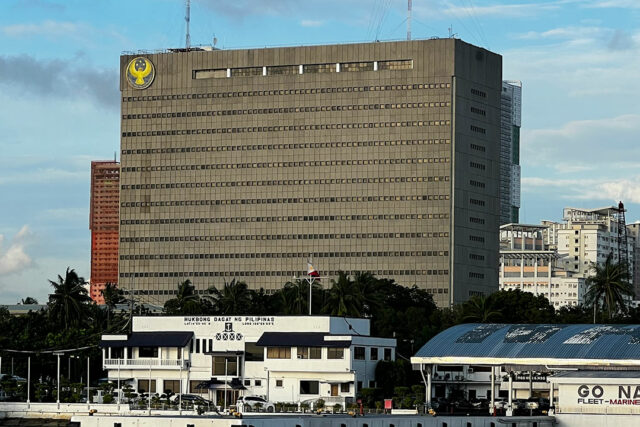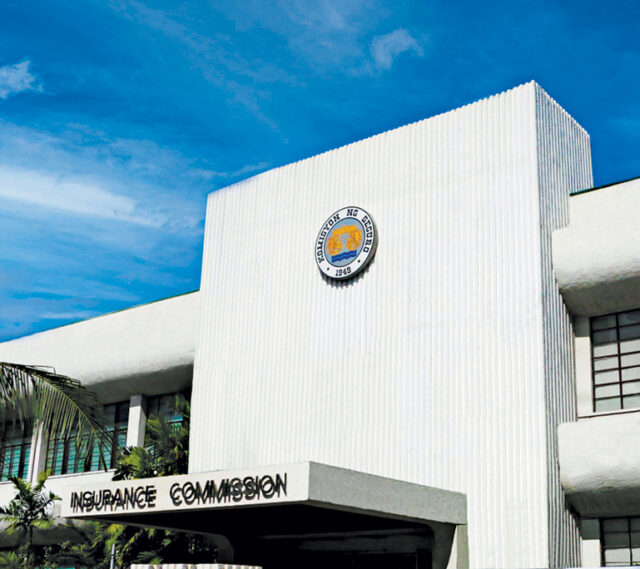Public-Private Partnerships: Unmasking the reality
(Part 2)
THE PHILIPPINES was one of the first countries in Southeast Asia to use Public-Private Partnerships (PPP) back in the late 1980s. “The indispensable role of the private sector” in the development of the country was anchored in the 1987 Constitution. President Corazon C. Aquino swiftly resorted to PPP schemes (Build-Operate-Transfer) to address the country’s acute power shortage. It was indeed an urgent situation that needed immediate action, although looking back we realize that the country paid a high “rush fee”: the government took the demand risk into a “take-or-pay” format, which resulted in one of the highest electricity rates in the region, which prevails up to today.
Throughout the 1990s, the Philippines became a “PPP champion” as private investments in infrastructure were even larger than investments undertaken by the public sector. At that time, this anomaly may have been regarded as a positive development that would bring efficiency to public services. In retrospective, this retreat of the public sector explains the infrastructure deficit that we are still suffering today.
Energy was the leading sector, followed by water (the Maynilad and Manila Water concessions for Metro Manila) and railway (MRT-3). In the mid-2000s, there was a rebound of PPPs (several power plants, PLDT, Transco). In the 2010s up to today, public investment outpaced private investment, more timidly in the first half (around 2% of GDP), and robustly since 2015 onwards (5-6% of GDP). Meanwhile, PPPs averaged 0.7% of GDP. The latest available figures for Private Participation in Infrastructure from the World Bank (first half of 2023) rank the Philippines as the second largest investor among low- and middle-income countries (MRT-7 explains a significant portion).
The “surrender” of essential infrastructure investment to the private sector, mostly during the 1990s and early 2000s, has positioned the Philippines as the second largest developer of PPPs in ASEAN (second to Malaysia), with a capital stock as percentage of GDP of 7%.
PPP IN THE BUILD, BETTER, MORE AGENDA
After the “all-PPP” and “no-PPP” phases, it seems we are now entering into a more balanced approach to this reality, which is good news. The Marcos Jr. administration wants PPPs to play a larger role in its infra investment agenda, “in light of the tighter fiscal space.” A substantial improvement in the regulatory framework of PPPs shall be credited to this Administration, since it addressed the Material Adverse Government Action (MAGA) issue right after taking office, and by passing a unified PPP Code recently.
However, we do not agree with the rationale that anchors this change in policy. Whereas the country’s public debt/GDP ratio is higher today than before the pandemic (60% vs. 40%), it is not true that the State has to undertake a fiscal consolidation and is therefore “forced” to resort to the private sector to undertake its infra-agenda through PPPs. We argued in the first part of this article (See Public-Private Partnerships: Unmasking the reality – BusinessWorld Online (bworldonline.com)) that sovereign governments like that of the Philippines do not have limited funding resources.
What is the current PPP portfolio and how is it going to support the Build, Better, More program? According to the PPP Center (https://ppp.gov.ph/ppp-program/what-is-ppp/), there are 116 projects in the pipeline with an estimated project cost of P2.4 trillion ($48.3 billion). Out of these, most are at the national level (80%, 94% of the total value), unsolicited (41%, 80% of the total value) and at a very early stage of development. If we look at the latest Infrastructure Flagship Project List compiled by the National Economic and Development Authority (NEDA), 25% of the projects and investment is targeted for PPPs (50% through Official Development Assistance, 17% through Government Appropriations Act), belonging most of them to the Departments of Transportation (Railways, Airports) followed by Public Works and Highways (Tollways).
AIRPORTS
The “PPP of the year” — and most probably of this administration — has been the concession of the Ninoy Aquino International Airport or NAIA to San Miguel Corp. for 15 years. Despite our reservations about how the bid was structured — rewarding the largest government share instead of the largest investment in the facilities — we agree private participation in airport operation has been mostly successful here and abroad. Nevertheless, the largest airport operator in the world (AENA in Spain) is a state-owned company at par with the best airports in the world, proving that it is perfectly possible for the Government to retain the provision of these services.
RAILWAYS
One of the most controversial historic PPP projects is actually in railways, the MRT-3. While acknowledging the critical importance of this project for Metro Manila connectivity, it has been extremely disadvantageous for the State, and ultimately for the taxpayer.
The project reached financial closing in 1997 and was designed as a Build-Lease-Transfer, with the Department of Transportation retaining the operation of the line. The total project cost amounted to $675.5 million (equivalent to $2 billion today) and was awarded to the Metro Rail Transit Corp. (MRTC). This private consortium provided 29% of the total project cost in equity while the rest (71%) was secured through several Official Development Assistance loans. The government bore the whole demand risk, agreeing to provide the consortium an annual lease plus a 15% annual return on equity capital (in US dollars!).
No complex calculations are needed to conclude that the Filipino taxpayer would have paid a much lower price for this project through a non-PPP scheme (just for reference, the US dollar one-year-LIBOR stood at 6% in 1997, peaking at 7.5% in 2000, and below 2% in the aftermath of the great financial crisis).
What is the risk that the government transferred to the private consortium that was so highly priced? None! Why was the equity and secured annual return in US dollars when construction costs are mostly in Pesos? The only good news is that the lease agreement will end in 2025.
We are convinced that such an agreement would not happen today. Nevertheless, we have reasonable concerns about the shift to PPP of railway projects that were initially supposed to be financed through Official Development Assistance and/or the Government Appropriations Act.
TOLLWAYS
It is one of the most active sectors for PPP schemes in the Philippines, and the prospects are bright in the light of the solid economic growth and rising purchasing power in the National Capital Region and surrounding regions. The established operators — San Miguel and Metro Pacific — have a sound understanding of the business model and keep submitting unsolicited proposals for new projects. However, if the announced merger finally materializes, it will jeopardize the already weak competition in the market: from a duopoly to monopoly.
A pending issue for the government is to extend expressways beyond financially profitable projects, as it is a critical element of territorial cohesion. Would, in that case, PPPs be the most efficient option? We doubt it.
ALLOCATING RISK EFFICIENTLY
What should ideally trigger a PPP? It is fundamentally a matter of allocating risk efficiently, assessing what entity is in a better position to assume certain risks. In addition, for a PPP to fly the different elements of the scheme shall make the project bankable. PPPs are not just an alternative when fiscal space is tight, although it has been widely used and even recommended by international financial institutions as such. Even in an economy with 0% Public Debt/GDP and fiscal surplus, there is room for PPPs.
Another issue that should be considered is the real level of independence of economic managers from powerful corporations. This is relevant during PPP assessment and award and throughout the project’s life, particularly when fares are revised. The Philippines has a very oligopolistic political and economic structure, with both strongly intertwined (https://jesusfelipe.net/wp-content/uploads/2023/08/DLSU-AKI-Working-Paper-Series-2023-07-087.pdf). Despite the substantial liberalization derived from the Public Service Act of 2021, there is (still) no real foreign competition in most PPP prone sectors.
Nevertheless, we acknowledge that PPPs may be the least bad solutions during certain crises. Here we can recall the economically disadvantageous PPP entered in power generation in the early 1990s. Despite the fact that no one could defend these PPPs as being ideal (very poor value for money), the power crisis was tackled. The Philippines is today by no means even remotely close to a situation that would justify that kind of “emergency PPP” to safeguard the provision of public services.
Finally, we would like to stress the importance of having a long-term strategy on private participation in infrastructure projects. As we have argued, there is no consistent evidence of better performance by the private sector in the provision of certain public services. The government can therefore decide the sectors where a direct provision of public services is more efficient. This is compatible with entering PPP schemes in the short run when the capacities and expertise of the public sector are (still) not at par with those of the private sector. We are convinced that the Philippine administration — its departments, agencies and Government-Owned and -Controlled Corporations — is capable of excelling in delivering services in many sectors, resulting in a welfare increase for the majority of Filipinos.
Jesus Felipe is distinguished professor of Economics at De La Salle University. Pedro Pascual is a board-certified economist with Spain’s Ministry of Economy & Partner at MC Spencer (Philippines).

















